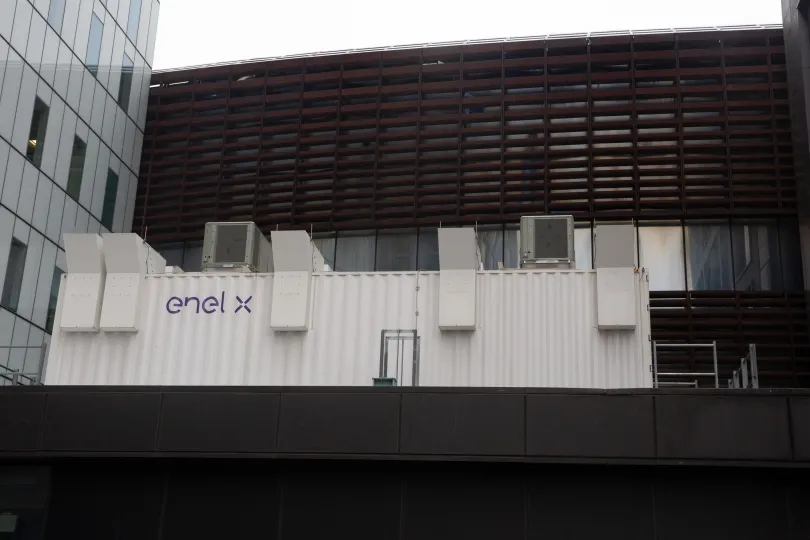Battery Energy Storage Systems Will Make the City Greener — and They’re a Lot Safer Than E-Bike Batteries
Though lithium-ion batteries for use in e-bikes have caused a rise in fires in the city, the batteries used in energy storage systems are fundamentally different — and the city has strict regulations to mitigate fire risk.

A giant lithium-ion rechargeable battery in a retrofitted shipping container sat on a roof at the Barclays Center, Feb. 28, 2023. | Ben Fractenberg/THE CITY
 This article was originally published on by THE CITY
This article was originally published on by THE CITY
The lithium-ion batteries that have caused hundreds of e-bike fires around the city are also an essential piece in New York’s climate resiliency plan — and that has some residents who live near proposed energy storage sites raising alarms.
But experts told THE CITY there’s no cause for panic.

Brooklyn Boro
View MoreNew York City’s most populous borough, Brooklyn, is home to nearly 2.6 million residents. If Brooklyn were an independent city it would be the fourth largest city in the United States. While Brooklyn has become the epitome of ‘cool and hip’ in recent years, for those that were born here, raised families here and improved communities over the years, Brooklyn has never been ‘uncool’.